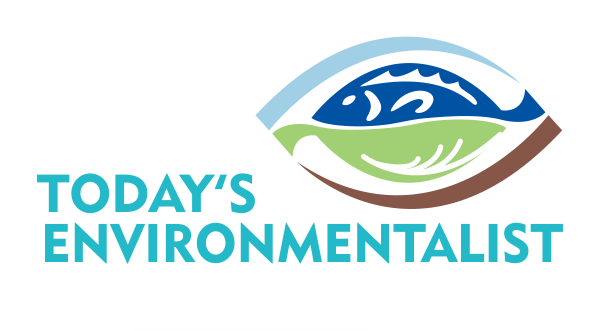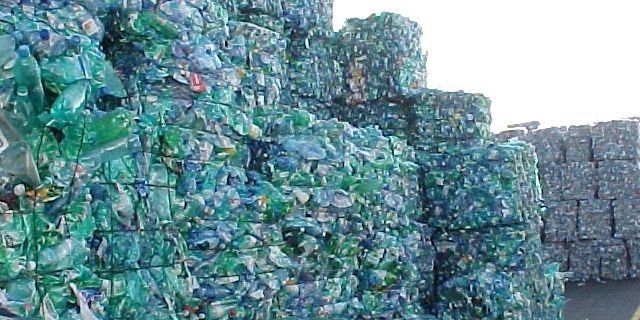By Molly Connell
Slowly the month of Plastic-free July is over, which is an annual challenge since 2011 in order to increase awareness of the consequences of plastic pollution and to reduce or eliminate plastic waste. Reduce is a key word because many think that as long as we collect our garbage separated into recyclables and non-recyclables, we’re aren’t doing much harm to the environment, but this isn’t what we should strive for.
The U.S. is 6th on the global ranking of bottled water consumption per capita. We drink about 36.5 gallons of bottled water each year. Multiplying that by population the number is shocking: Americans drink over 11 billion gallons of bottled water each year.
This means a huge problem for the environment. Unfortunately, in the U.S., only 30% of plastic bottles are recycled and while thin number could be increased, recycling is not a permanent solution. In the case of plastic bottles, the plastic is almost always down cycled, meaning it isn’t made into new bottles but remade into product requiring lower grade plastic. So this means, almost all plastic water bottles require the production of new plastic.
Plastic is a very interesting material: it is cheap, easy to form and although it is made from petroleum which originates from once living organisms, through certain processes it becomes unrecognizable by organisms, making plastic non-biodegradable. Once plastic is produced, it’s not going to disappear through a natural process. Although plastic might change forms by breaking into smaller pieces, it will always be present and it has already entered the food chain of animals and slowly it is making its way into our food chain as well.
The EPA published a “waste hierarchy” which explains why reusing and reducing waste is the more sustainable choice. It’s essential to minimize our impact and therefore to minimize the use of single-use plastics.
When it comes to bottled water, the change is easy. All we need to do it use reusable water bottles and drink tap water! If you’re not fond of your tap water there are options such as filtering your water, but it’s up to you. Making this “sacrifice” is worth it when you’re aware of the hidden costs of bottled water.








